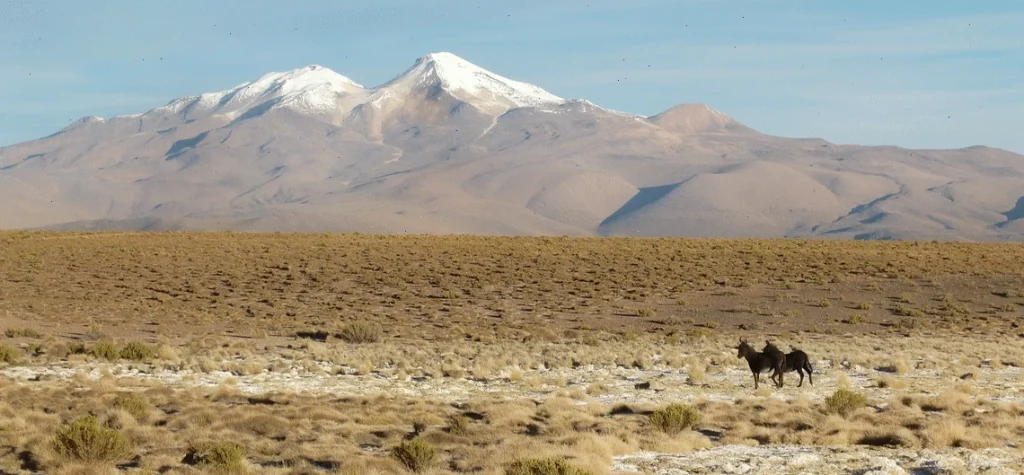“Zombie Volcano” in the Andes: Uturunku Hasn’t Erupted in Over 250,000 Years but Still Shows Signs of Life

Scientists have uncovered the mystery of Uturunku, a “zombie volcano” in Bolivia that hasn’t erupted in 250,000 years — yet still lives a secret underground life. A new study has revealed that Uturunku is not as dormant as it seems: water is bubbling beneath it, gases are accumulating, and the surface is slowly rising.
Fortunately, Uturunku Is Likely to Remain in a Semi-Dormant State for the Foreseeable Future
Uturunku is a volcano in the Bolivian Andes that last erupted 250,000 years ago. By all outward appearances, it should be extinct — it doesn’t smoke, rumble, or spew lava. But scientists increasingly refer to it as a “zombie volcano,” and for good reason. Beneath this calm giant, something is still happening.
A Sombrero in the Mountains
The surface around the volcano is deformed: the center is slowly rising, while the edges are sinking — creating a landscape that resembles a sombrero, the wide-brimmed Mexican hat. Such shapes are telltale signs of internal activity.
Gases and liquids rise through the rock, accumulating in underground reservoirs and pushing the ground upward at a rate of about one centimeter per year.
Deeper Than It Seems
In a new study published in the journal Proceedings of the National Academy of Sciences, scientists from China, the UK, and the US conducted a kind of “X-ray scan” of the volcano. They used seismic tomography and rock analysis to understand what’s happening below the surface. More than 1,700 earthquakes in the region were analyzed, allowing the team to map Uturunku’s subsurface system — from solid rock to liquid-filled cavities.
The results surprised even the researchers. They discovered an active hydrothermal reservoir beneath the volcano’s crater — a mixture of hot water and gas moving toward the surface. This doesn’t indicate an imminent eruption, but it clearly shows that Uturunku is not dead.
Useful Activity
Such underground processes not only suggest potential volcanic activity but may also have economic value. Fluid flows moving through molten rock can transport and concentrate valuable minerals, such as copper. So monitoring “zombie volcanoes” can benefit not only geophysicists but also geologists searching for mineral resources.
Should We Be Worried?
Fortunately, Uturunku is likely to remain in a semi-dormant state for the foreseeable future. But the methods used in this research are already helping scientists around the world monitor other “sleeping” volcanoes. After all, what lies beneath a calm surface may be far more complex than it appears.





